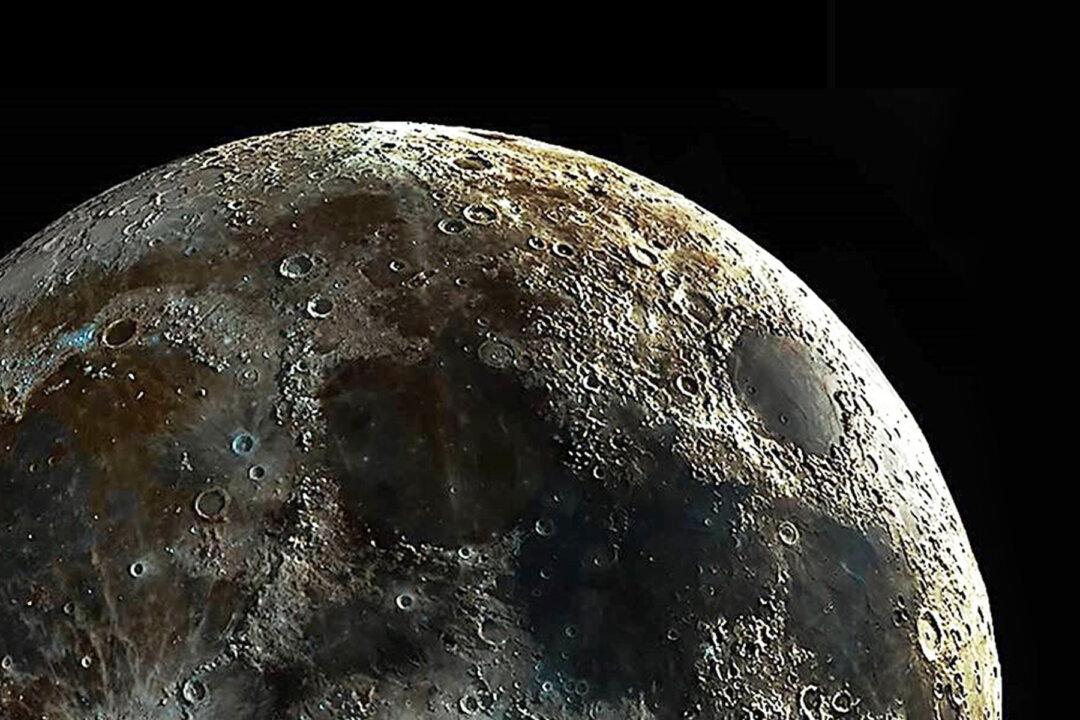An astrophotographer has reportedly shared the “world’s clearest picture” of the Moon’s craters taken from his own backyard, and the result is nothing short of breathtaking.
California-based astrophotographer Andrew McCarthy shot two weeks’ worth of frames of the waxing Moon and stacked thousands of images together to create a final stunning composite image. The now-viral photo depicts an array of craters, valleys, and textural imperfections on the 4.5-billion-year-old satellite’s surface in extraordinary detail.





